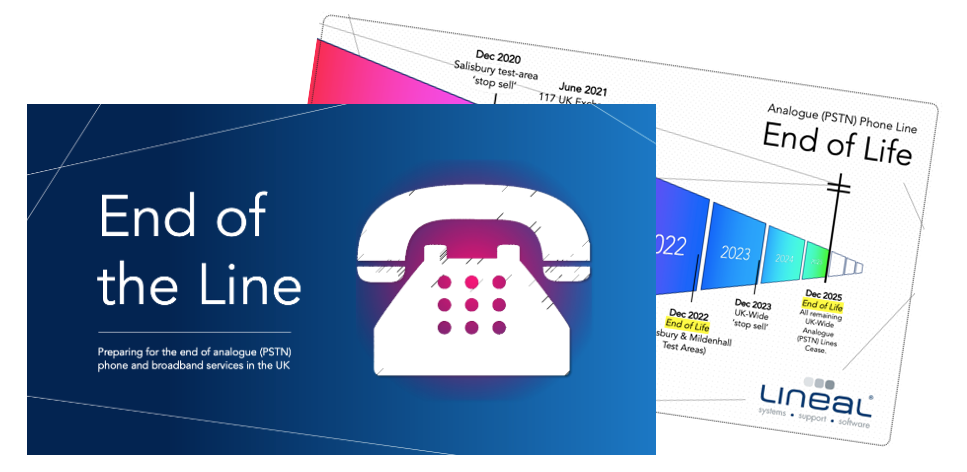Microsoft have announced the end of WordPad – declaring that the word-processing app will be removed from future versions of Windows.
The difficult middle-child of Microsoft’s three main word-processing apps was originally released for Windows 95, and always sat a little uncomfortably between Microsoft Word (which has remained a heavyweight of the word processing scene) and Notepad (a stripped back, plain-text editor.)
Able to edit rich text for free, but with many features missing, WordPad was beloved by students, techies and other irregular writers who either didn’t have, or couldn’t afford, a licence for Microsoft Word.
The app was offered for free with each new release of Windows as a kind of ‘teaser’ for Word itself – but didn’t support many important features such as footnotes, subscript, tables, numbered lists, indentation and other typesetting options needed for more formal work. For more than decade, it remained many people’s only way to open a Word document, and gave digital access on millions of lower-specification machines across the developing world.
But WordPad itself has not been updated since the ill-fated Windows 8, way back in 2012, and still looks somewhat reminiscent of Office 2007 a decade later. There are also more alternatives in 2023 – with Microsoft Word more affordable than ever as part of Microsoft 365 (both on the web and on the desktop), Google Docs chasing the education market, and free alternatives like Libre Office and Open Office winning over casual users.
Farewell WordPad!

 Click Here
Click Here